
Last month we reported on Mick Fowler and Paul Ramsden's first ascent of the beautiful peak of Kishtwar Kailash, the highest peak in East Kishtwar in the Indian Himalaya.
Here we chat further with Mick, about this trip, about his British rock climbing first ascents, and about being the President of the Alpine Club.
Your latest trip was to climb Kishtwar Kailish in India. Can you tell us more about the trip, who you went with, the mountain and the area?
We were a team of four climbing as two completely separate teams of two - Mike Morrison and Rob Smith were one team and Paul Ramsden and me the other. At just under 6,500m the mountain is the highest in East Kishtwar. It was the objective of a Scottish team in 1989 but due to various lost food problems they never actually attempted to climb it. Kishtwar in general is a great area with lots of steep and striking peaks around 6,000m with good mixed lines. It was on an earlier trip there, in 1993, that I spotted Kishtwar Kailash and then seeing it from a distance last year (from Shiva) reminded me what a fine peak it is.
And are we right in saying that the area has been closed to mountaineers for a long time? What has changed?
Yes, as far as I know only one permit was issued between 1994 and 2013. Denis Burdet, David Lama and Stephan Siegrist climbed Cerro Kishtwar in 2011 and that was it. In the last couple of years the authorities have become a bit more relaxed but even so disturbances in Kishtwar made the Indian Home Office nervous and the permit was finally issued so late that we only managed to complete the necessary paperwork the day before leaving the UK.

Brilliant. A bit like the North Face of the Eiger with a Minus One Gully thrown in. Atmospheric weaving between huge monolithic walls, technical mixed pitches and a great headwall leading to a sharp unclimbed summit. The retrospective pleasure is still flowing freely.
You seem to have a knack of finding awesome objectives, and then of course actually climbing them. How do you do it?! And where is next for Mick Fowler?
Lots of research! I keep a box file of 'interesting' objectives and every year of late Paul Ramsden and I have peered through it and decided where to go the following year. After that, well there's no great secret. We acclimatise for a few days and then we start up the main objective and continue until we hopefully reach the top. And then we come down. That's it really. The one really important thing is having a good reliable climbing partner. Paul and I know each other well and we tend to think as one in the mountains, in particular we take the view that we should always continue upwards unless there is a really good reason to retreat.
As to the next objective we have applied for a permit to climb in East Tibet but permits to climb there seem to be increasingly difficult to get and we are now contemplating a selection of reserve objectives.

My father introduced me to easy climbs in the mountain areas of Britain and when I was 13 he booked us both onto a two week mountaineering course with the Austrian Alpine Club. We then had a few years doing easy alpine peaks together before I rebelled only to return to mountaineering with my friends when I was 20. That year we spent two months climbing around Chamonix and thereafter I was hooked.
And you have done some really classic first ascents of rock climbs in the UK, do you have any favourites?
My favourite ones would be the unusual and atmospheric ones that were part of great days out rather than just being technical experiences in isolation. Climbs like Skeleton Ridge on the Isle of Wight, Beriberi on Hoy, Private World on Bukator, Stairway to Heaven on Skye, Monster Crack at Beachy Head, Caveman at Berry Head, Panting Dog Climb on Lewis, Branaunmore Stack in Ireland…… you get the idea.
How has climbing changed for you over the years? If at all? And how has climbing changed in general?
The obvious thing for me is that equipment has improved tremendously. On my first technical mountain routes I was using a curved axe and a pterodactyl and bivouacking in an orange plastic bag. Our ice screws were all of the drive-in variety and gas cylinders lasted one day as opposed to near on three nowadays. In general mountaineering terms things have also changed hugely. Back in the early 1980s there was very little in the way of alpine style greater range ascents and very little interest in sub 7,000m peaks. Organising a trip was much more difficult. With no electronic communication sorting out permits was a tortuous process, gas cylinders had to be freighted, endless hours spent in sweaty customs sheds and walk-ins frequently involved porter strikes. Nowadays many trips pay an all-in fee to one of the numerous agents touting for business and the whole trip proceeds as a kind of disjointed package holiday. Roads have crept further and further into the mountains, access has become easier and easier and alpine style has become the only way to climb.
Who inspired you to climb, or in some way inspired part of your climbing career?
It's those who were first to climb the finest lines that have most influenced my climbing. On British rock the routes of Joe Brown, Don Whillans and Robin Smith were very influential in my formative years. Further afield those who first climbed the classic north faces in the Alps very much inspired me, particularly the likes of Riccardo Cassin, Walter Bonaiti and Anderl Heckmair. And further afield I particularly recall being influenced by the lightweight Himalayan ascents of British climbers like of Doug Scott, Joe Tasker and Pete Boardman.
You are President of the Alpine Club - what does this entail, and what do you think the club can offer the modern climbing community?
I see the Alpine Club as a very important focal point for British mountaineering. We don't have any alpine mountains so we have to make up for that by having a strong social scene through which mountaineers of all levels can inspire and motivate each other. With the exception of a period between the wars we seem to have done that really well as members have consistently been right up there at the forefront of exploratory mountaineering. Being the president involves chairing the main Committee and making sure that the Club pulls together with a clear vision in mind. And that means a vision for the heritage side of the Club, the collections, the headquarters and most importantly the climbing.
When I took over three years ago I felt there was not sufficient focus on providing for active mountaineers and that was putting people off joining. We have made a big push to correct that by doing things such as increasing private expedition grants, restarting annual symposia and setting up an Expedition Information Centre. Further benefits, such as free loans of satellite phones and GPS spot trackers are in the pipeline but I think the real lifeblood of the Club is arranging face to face events for the mountaineering community.
This year we have extended the free lecture programme to five venues (London, Bristol, Peak District, Edinburgh and Lake District) had sell out Everest and Kanchenjunga celebratory events and arranged a symposium on the Alps which takes place in Buxton on 30th November and is fast selling out. It's gone well in that 25% of the current members have joined in the last 3 years and we now have over four times as many members under 30 as we had three years ago. These figures suggest that the Club is catering for the modern climbing community but there are always more things we can do.
Lindsay Griffin takes over in January and I know he bring a raft of ideas with him. I know too though that he will appreciate all suggestions from all mountaineers whether they be members of the AC or not.
- You can read more about the 2013 Alpine Club Symposium here: Alpine Club Website
Mick Fowler is sponsored by: Berghaus



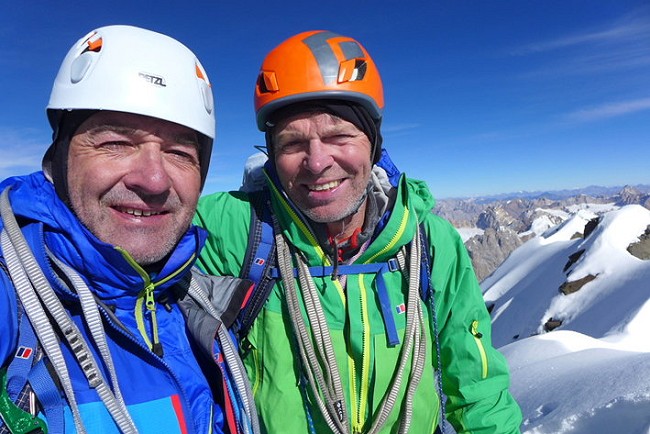
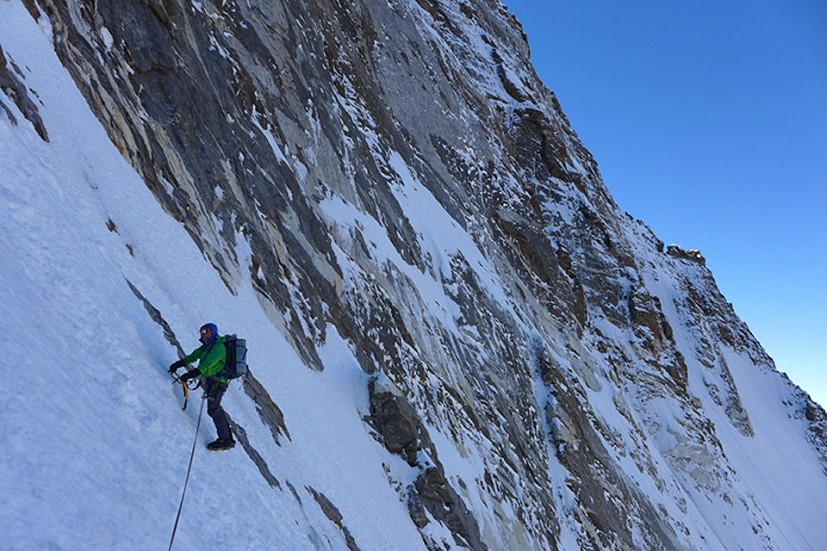



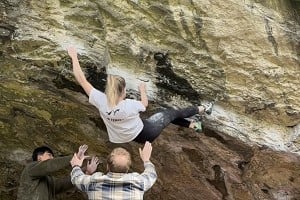
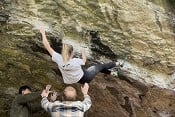

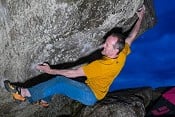
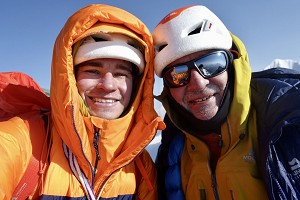
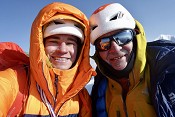
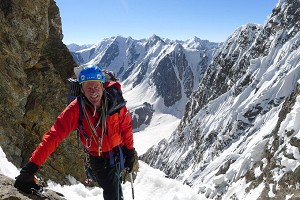
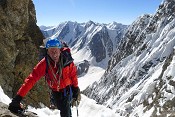
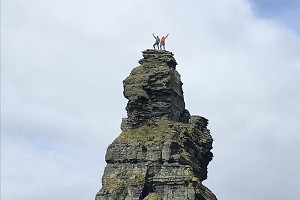
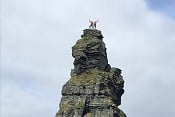
Comments